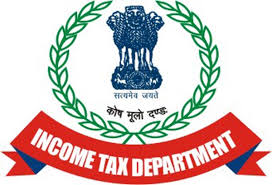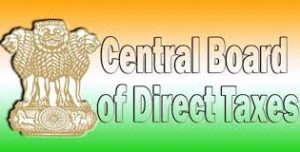
• TDS will get adjusted accordingly
The Central Board of Direct Tax (CBDT) recently came out with a circular, offering clarifications for tax-paying employees on how they can migrate to the new concessional tax regime, which was announced in this year’s Union Budget.
The lower income tax rates under the new regime came to effect from April 1, 2020. However, there were many concerns raised on how employees can choose to opt between the old and regime.
In an April 13 release, the CBDT said employees, who do not have any income from a business, can opt for the new concessional tax slabs or the old regime by intimating the deductor (employer) through a declaration form.
The declaration will also help employers determine whether to deduct TDS as per the old regime or the new concessional rates.
Employees have an option to choose between the new tax regime and the old one. Experts have already said that each employee/taxpayer may opt for any of the two, based on investments.
Coming to the new slabs under the concessional tax regime, those earning Rs 2.5 lakh will have to pay no tax while people earning Rs 2.5-5 lakh will have to pay 5 per cent tax.
Individuals in the income bracket of Rs 7.5-10 lakh will pay 15 per cent tax. People earning over Rs 10-12.5 lakh will be taxed at 20 per cent and those earning Rs 12.5-15 lakh will pay 25 per cent taxes. Finally, people earning above Rs 15 lakh will pay 30 per cent tax under the concessional tax regime.
To sum up the clarifications: 1) Employees, who do not have any income from a business, can choose to inform their employer through a declaration if they want to opt for the new tax regime for deducting tax at source on TDS from salaries.
However, employees who do not submit any declaration to the employer will continue to be charged under the old regime as earlier.
2) The IT department also clarified that an employee can change the tax structure at the time of filing income tax and that the amount of TDS will be adjusted accordingly.
“The deductor shall compute his total income, and make TDS thereon in accordance with the provisions of section IISBAC of the Act. If such intimation is not made by the employee, the employer shall make TDS without considering the provision of section 11SBAC of the Act,” the CBDT notification said.
3) Another important clarification by the tax department was related to TDS. Once employees make their intention clear to opt for the concessional rates, it will remain the same for TDS purpose for the year without any scope of modification.
“It is also clarified that the intimation so made to the deductor (employee) shall be only for the purposes of TDS during the previous year and cannot be modified during that year,” it said.
“However, the intimation would not amount to exercising an option in terms of sub-section (5) of section 115BAC of the Act and the person shall be required to do so along with the return to be furnished under sub-section (1) of section 139 of the Act for that previous year. Thus, option at the time of filing of return of income under sub-section (1) of Section 139 of the Act could be different from the intimation made by such employee to the employer for that previous year.”


